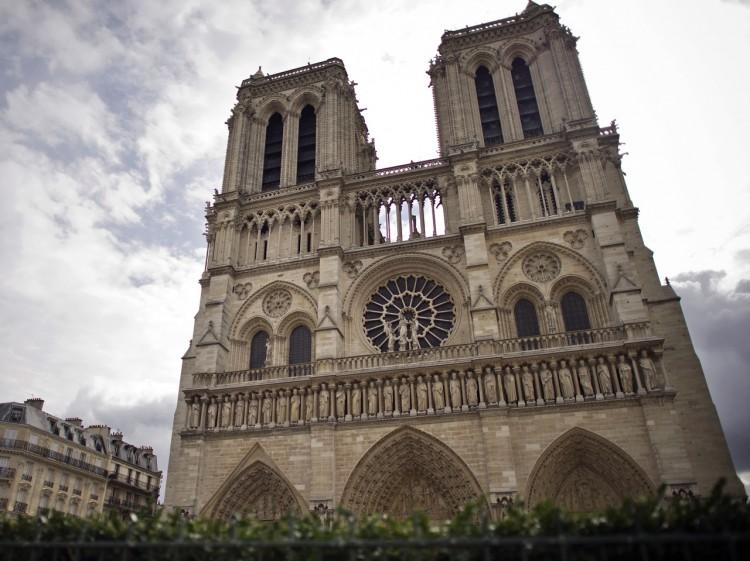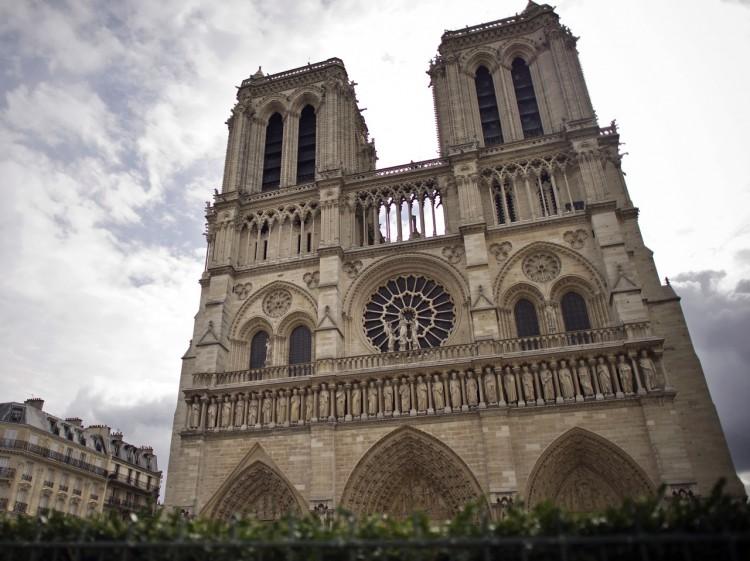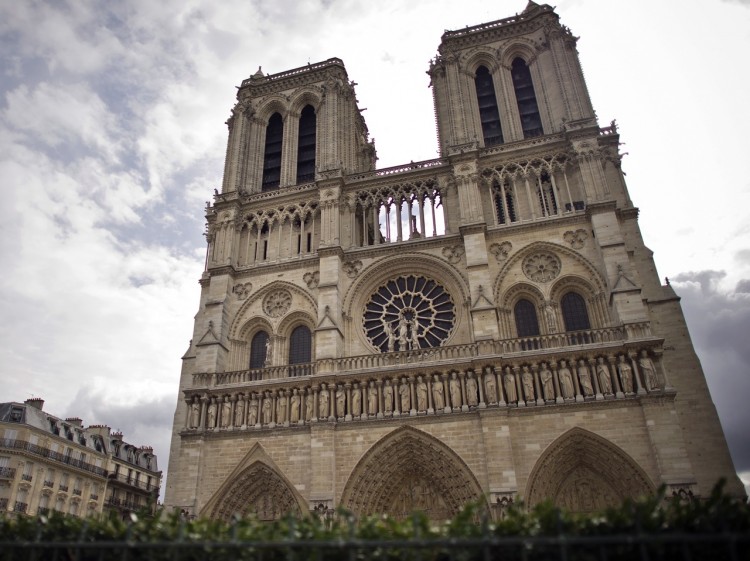NEW YORK—Although those who actually listen to composers like Gesualdo, Lassus, and De Machaut today belong to a relatively small club, the sacred music of the Middle Ages and the Renaissance is, in fact, the basis for all that would follow. More importantly, it’s beautiful music in its own right and well worth discovering.
As part of the Lincoln Center’s White Light Festival, New Yorkers were given an excellent opportunity to do so when the Huelgas Ensemble from Belgium, one of the world’s top early music vocal ensembles, paid the city a visit.
Led by their founder, conductor, and musicologist Paul van Nevel, the ensemble performed two programs, one focused on the Renaissance and other on the Middle Ages. They provided an incredibly beautiful and fascinating exploration of some 400 years of musical history that most are probably unfamiliar with.
For centuries, Western music—or at least what has been preserved of it—was mainly vocal. Our Western written musical tradition can be traced back to the early medieval manuscripts of sacred music.
The form the music took is called plainchant, although the term “Gregorian chant” would probably pop up in most people’s heads when hearing it. It is single-voice chants sung in Latin, as part of church services.







